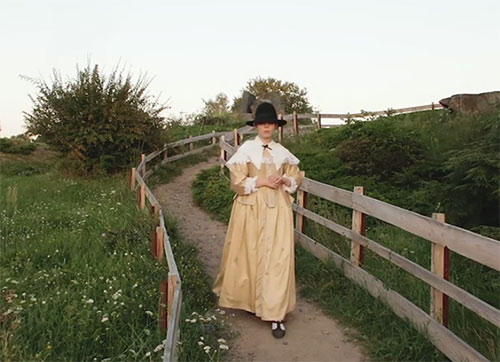 This time, we’ll look at the outfits of middle-class women in Europe in the mid-17th century. How were these garments different from the clothing of previous years? What trends did appear in the 1640s? Is it true that many female pieces of clothes derived from men’s garments and fashionable tendencies? Let’s find out. The 1640s is a period when a lot of garments got their names or were re-named, and if a lady wanted to appear well-educated and up-to-date, she needed to know these terms. Like “secrete”, “frippone”, and “modeste” petticoats and the like.
This time, we’ll look at the outfits of middle-class women in Europe in the mid-17th century. How were these garments different from the clothing of previous years? What trends did appear in the 1640s? Is it true that many female pieces of clothes derived from men’s garments and fashionable tendencies? Let’s find out. The 1640s is a period when a lot of garments got their names or were re-named, and if a lady wanted to appear well-educated and up-to-date, she needed to know these terms. Like “secrete”, “frippone”, and “modeste” petticoats and the like.
The article is based on the video by Natalya Skornyakova: .
Thanks to the etchings of Wenceslaus (Václav) Hollar, we can see how women dressed throughout Europe in the 17th century.

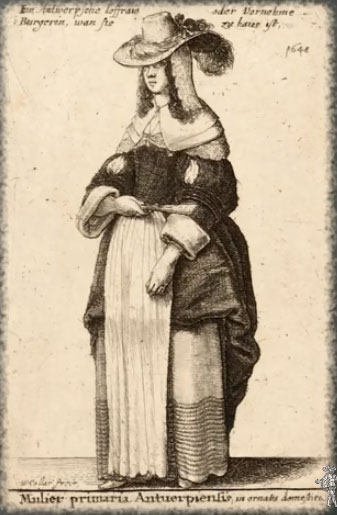
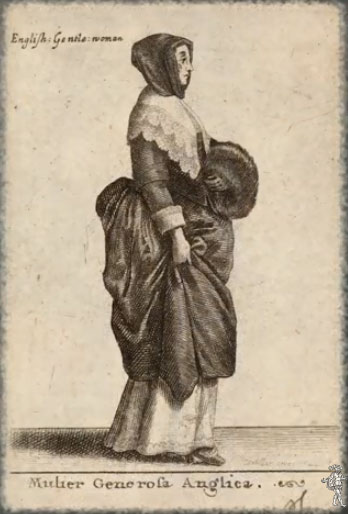
And when we look at the portraits from this period, our eyes catch the diversity of colors because this is the time of bright self-colored silks. So many different colors were used to dye silk cloth before sewing women’s dresses.
Another characteristic feature of this period is the appearance of Puritan clothing – modest black&white garments typical for Protestants (for more info, read this: Puritan clothing in 17th-century Europe). Though, some European females wore such outfits as a tribute to fashion and not their religious beliefs.
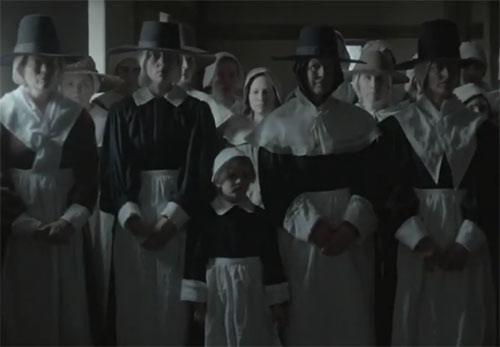
Lady’s dress in 1640s piece by piece
Hat
Let’s start to analyze this period’s costume from the hat. It was a very fashionable accessory in the 1630s-40s and, by the way, totally male. The hat made its way into women’s attire and evoked affection even among the Puritan females.
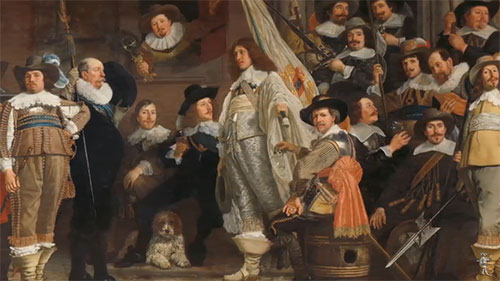
Usually, a hat was worn over a white coif. But some women, including the royals, could wear a hat over loose hair, like men.
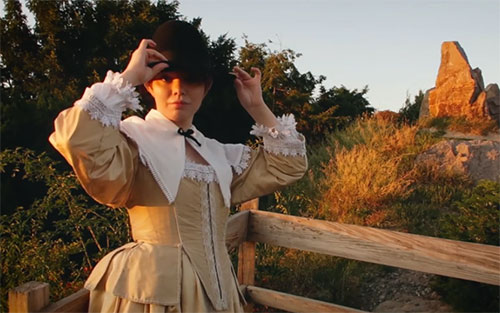

The coif was made from linen and could have different shapes and designs. It sometimes even consisted of several parts.
Kerchief or lace collar
A white neckerchief that covered the neck, partially shoulders, and the decolletage was a very widespread modest accessory. It often was adorned with black ties or brooch to keep it in place – the contrasting color worked well with the crisp whiteness of the kerchief itself.
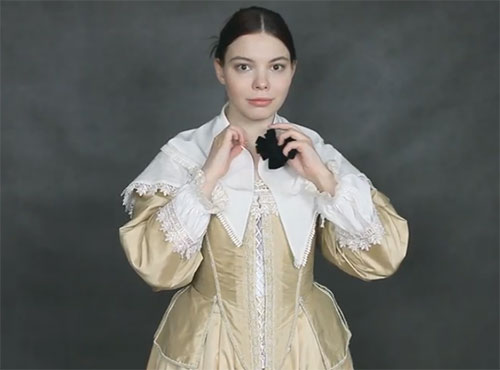
The neckerchief could be replaced by a large white collar with lace. It wasn’t attached to the gown but simply tied around the neck. Or even if it was attached, the maids easily removed it, washed, and put back in place.
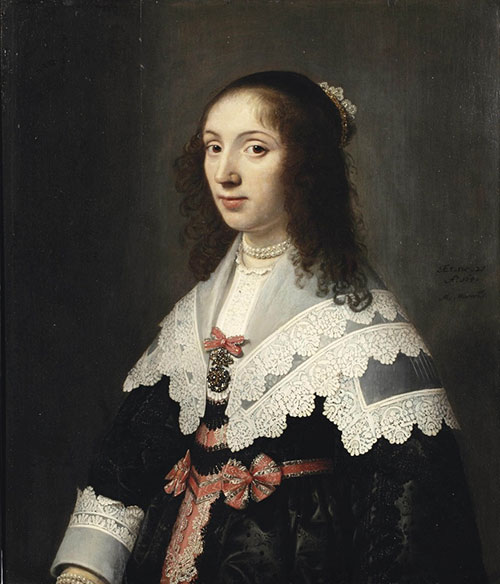
Agatha de Vlaming van Oudtshoorn by Michiel van Mierevelt, 1640
These kerchiefs and collars were embellished with a lot of lace. The lace was extremely favored among the middle-class and high-class men and women. In France, lace was even banned for a few years, but it quickly came back into fashion.
Bodice
A women’s bodice had tassettes at the time. And this detail also derived from the men’s outfit.
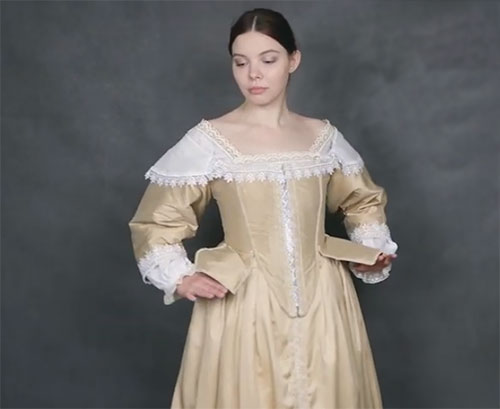
The waistline of the bodice was at the natural waist of a woman in the 1640s. After the 1620s-30s, when it was much higher. Since the 1640s and up until the French Revolution (1789-1799), the waistline remains firmly in place – at the natural waist.
A bodice was laced at the front. Corsets have already become a solid part of a female attire of this period, but the whalebone could be also used to reinforce the bodice of a dress – one garment is always better than two separate pieces.

You can see here that the construction of a bodice allows a woman to lift the hands high and doesn’t restrict movements, even when the dress is tightly laced.
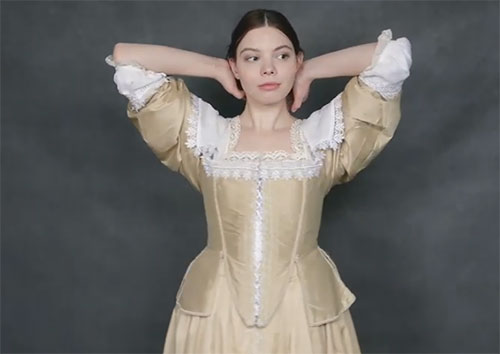
Gloves
The sleeves of a gown became shorter – sometimes women showed their arms up to the elbow. Shocking! Though, the arms were bare mostly for portraits and balls, while in daily life, women used high gloves to cover the flesh.

The gloves were made from linen, silk, fine leather and often embellished with lace.
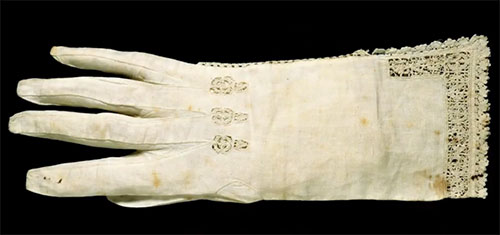
Linen gloves, 1610s. From the V&A Museum in London
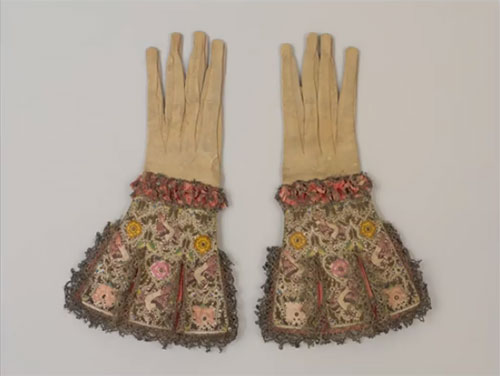
Leather gloves, 1600-1625. from The Met Museum in New York
Petticoats
The fashionable 17th-century ladies could use 2 or 3 skirts/petticoats. And at that period, a lot of garments gained new names. The bottom petticoat was called “secrete”, the next layer got the name “frippone”, and the upper skirt named “modeste” was worn on top.
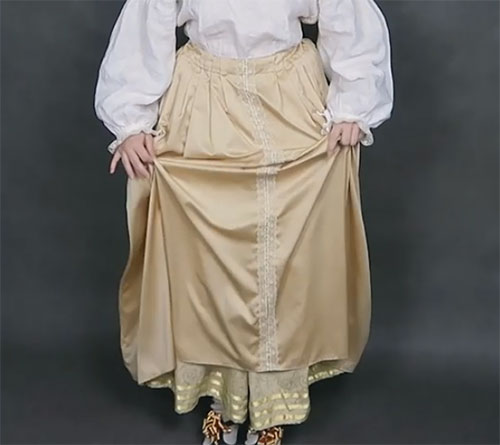
Bum roll
A bum roll was worn, of course, to accentuate the hips and create the trendy silhouette. It was a small crescent-shaped pad worn around the waist.
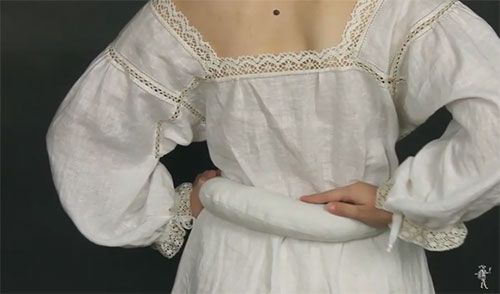
Chemise
The basic garment was a linen chemise. As it was typical for the 17th century, it was decorated with lace.
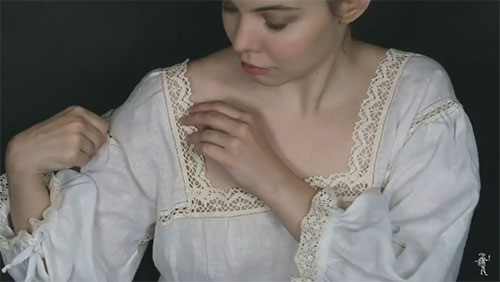
These two examples of chemises adorned with lace are from the V&A Museum in London.
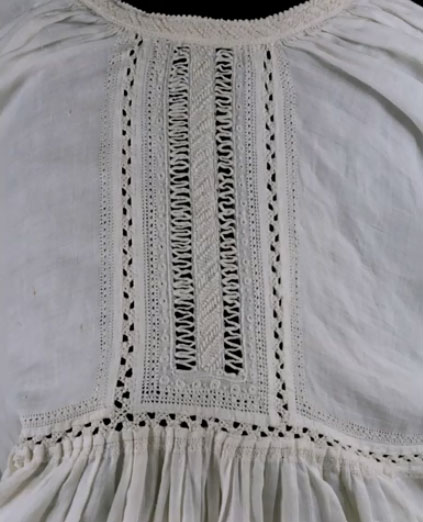
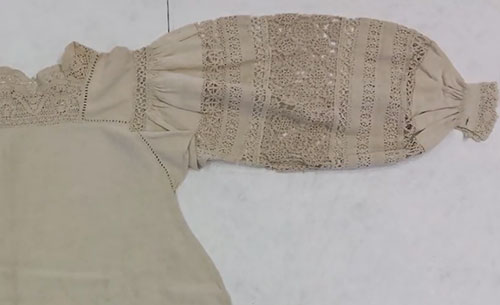
Stockings
The stockings were sewn and later woven from thin silk thread. The first similar stockings appeared in the mid-16th century. And their design didn’t change, even after the invention of a stocking knitting machine.
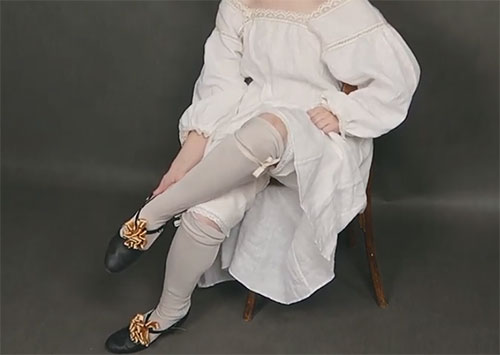
The stockings were held in place by garters.
Pantaloons
They appeared in Italy, then came to France, and spread throughout Europe. The reasons for women to use them were convenience during riding and warmth in colder seasons, not any hygiene issues. At first.
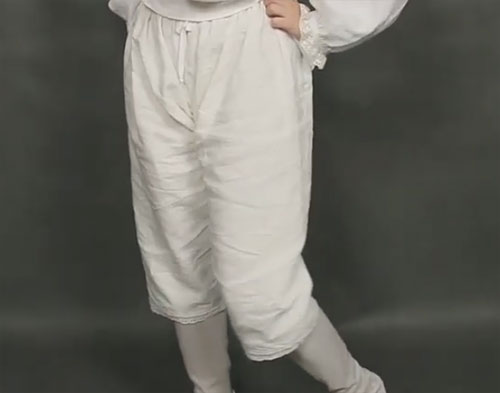
So, this is how women of the middle class dressed in England and France in the 1640s. The fashion of the royals and their courts already began the next transformation, to newer, trendier silhouettes, designs, and details.
